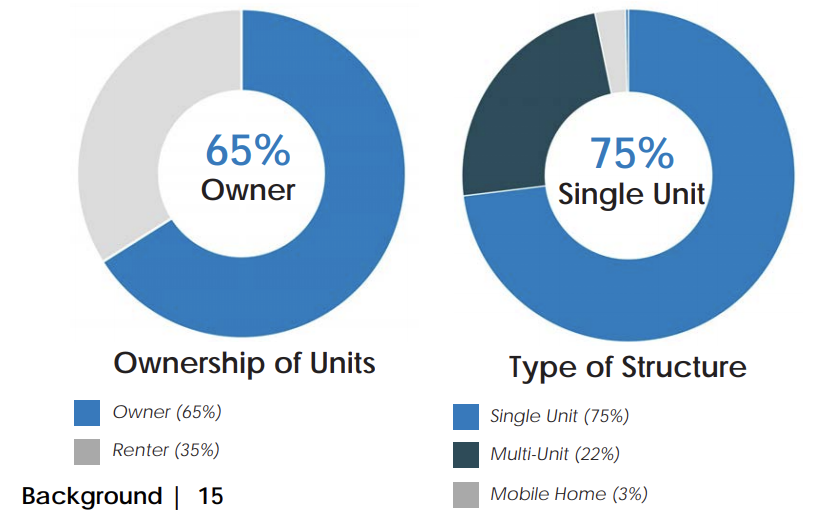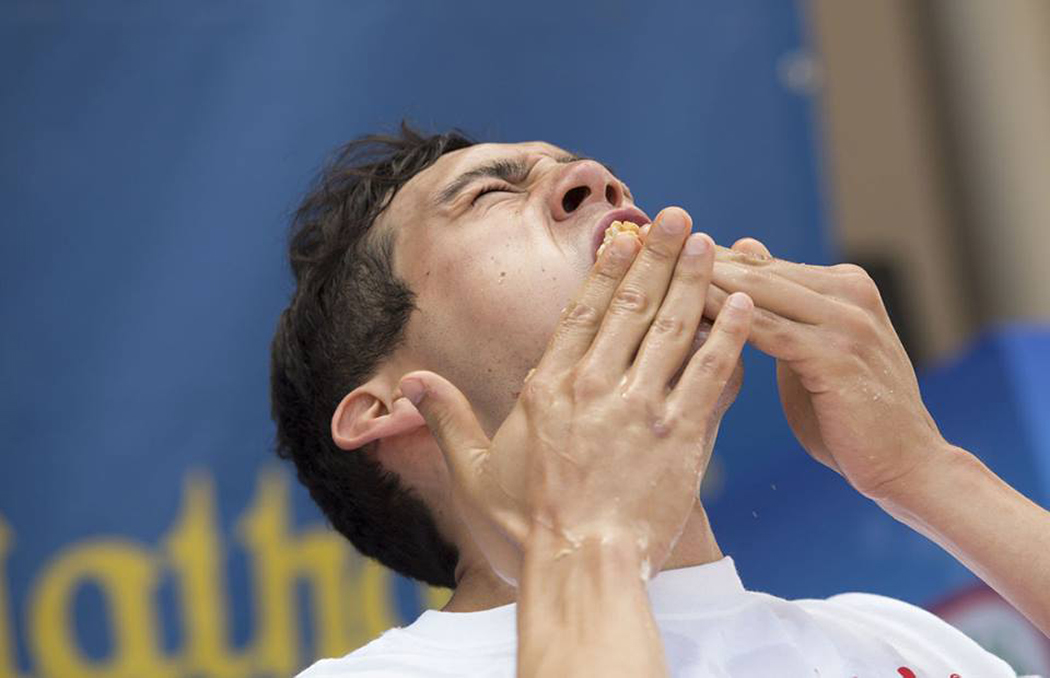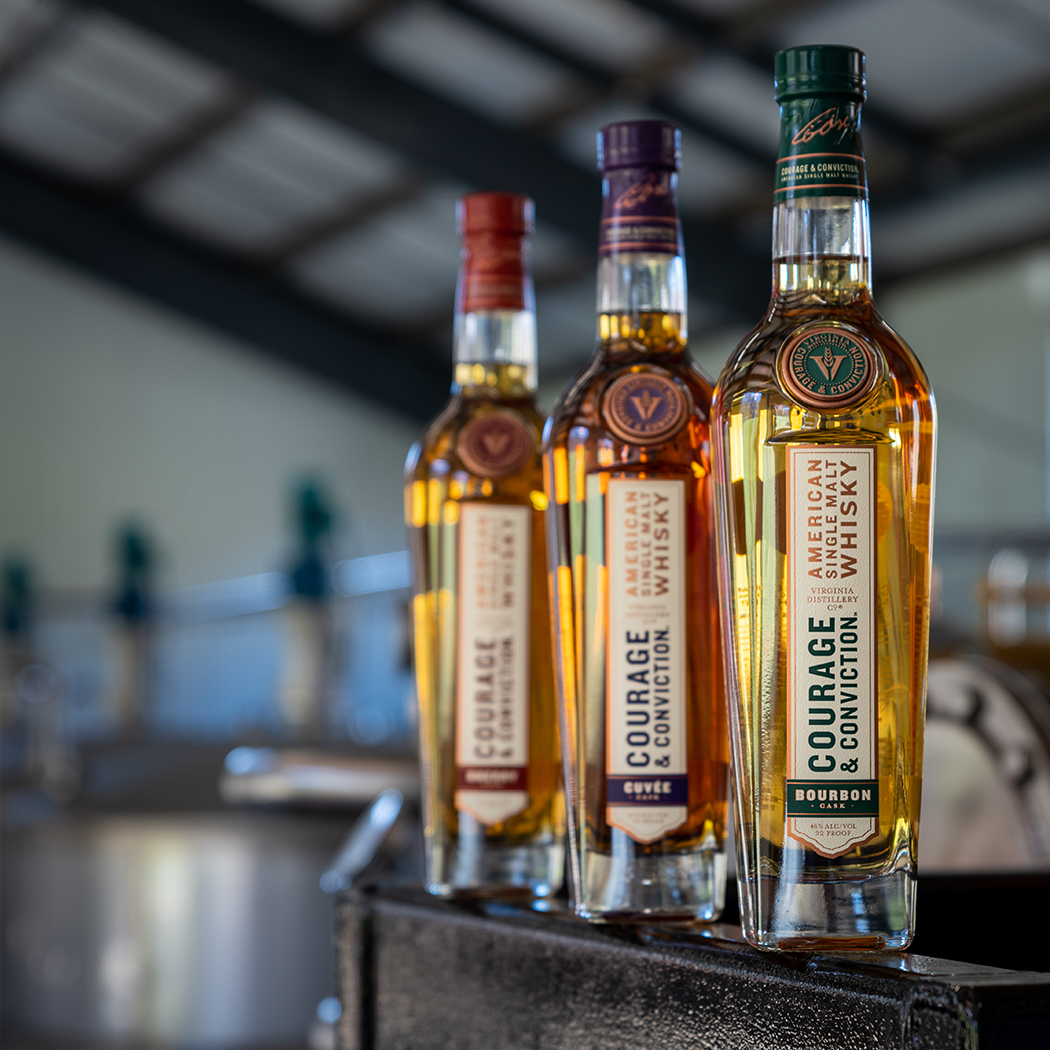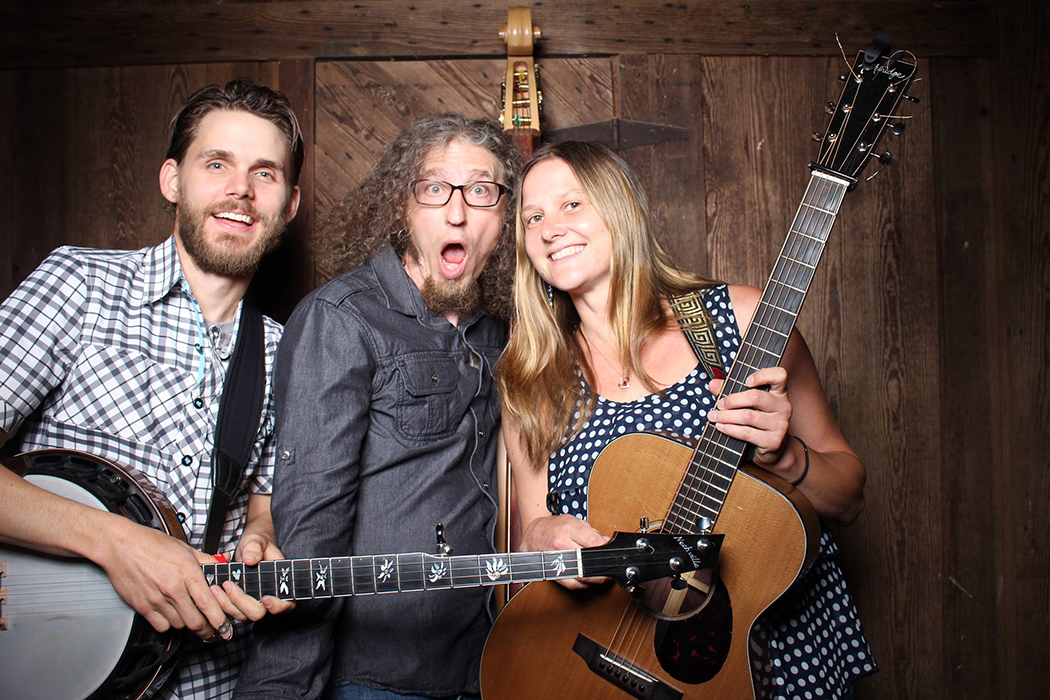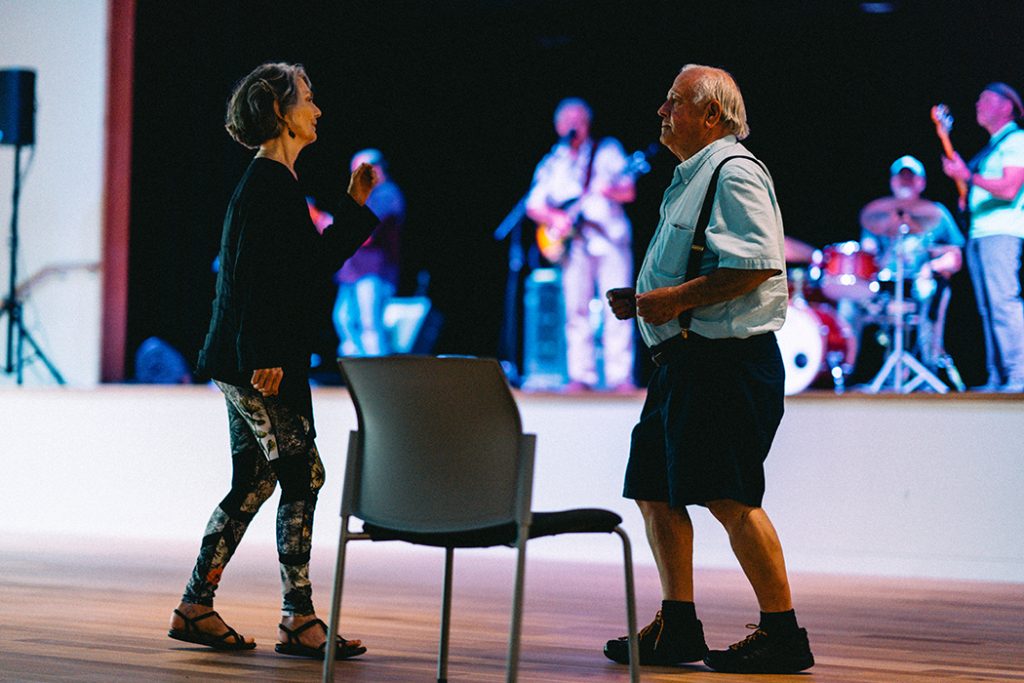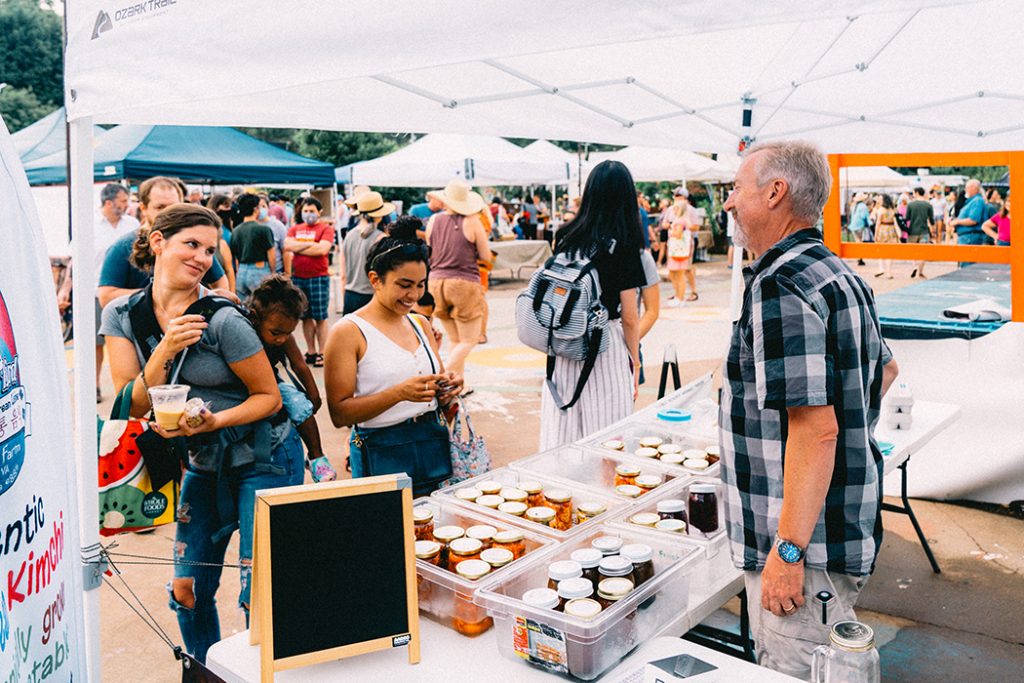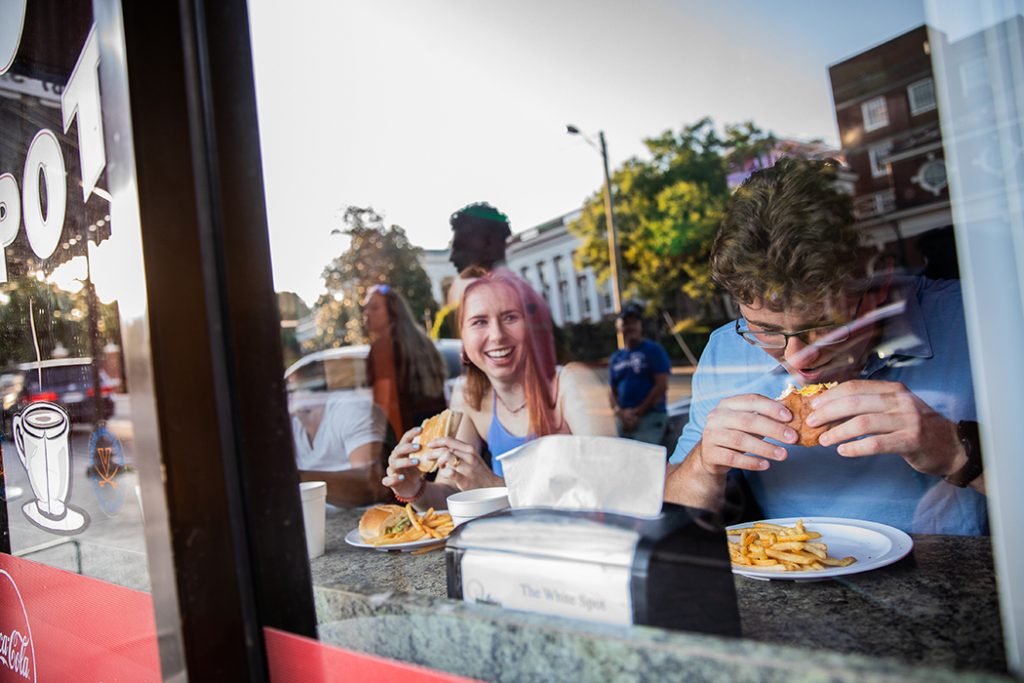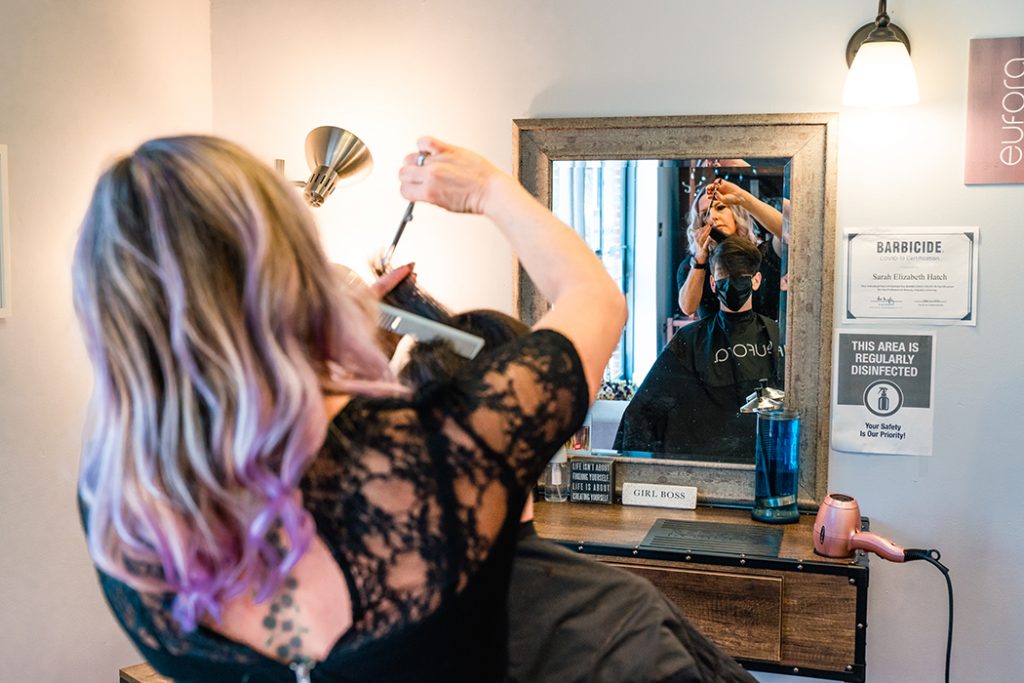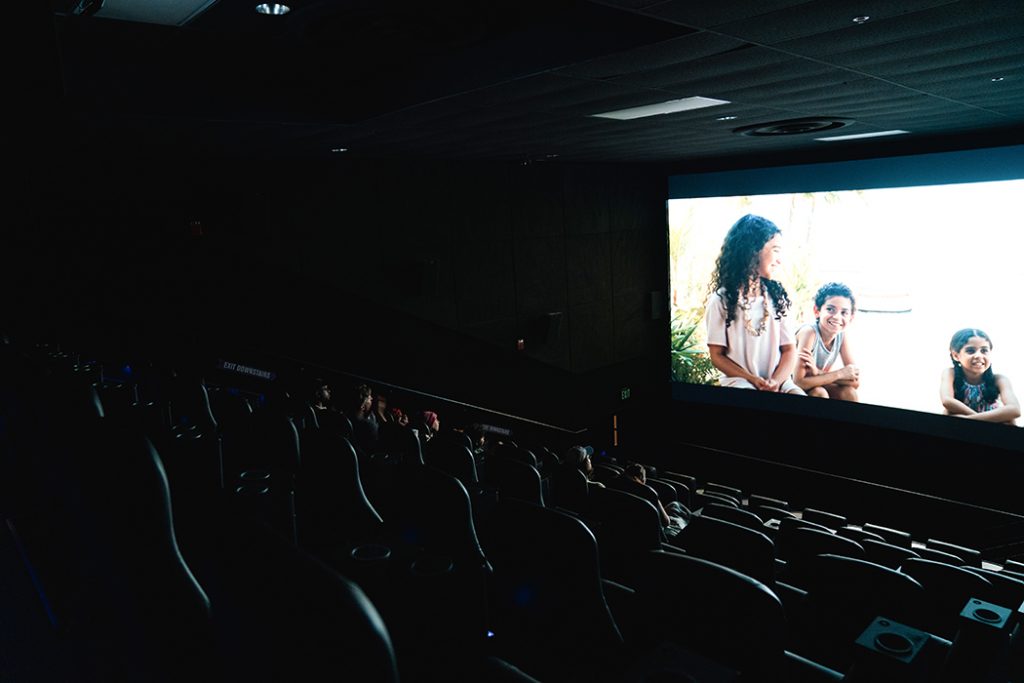It’s no secret that Charlottesville has an ongoing affordable housing crisis, in part due to the city’s long racist history of segregation, redlining, and racial covenants. Behind a huge push from local activists, the city has set aside millions of dollars in recent years to build more affordable housing units. And after releasing an affordable housing plan this year, Cville Plans Together—a team of consultants hired to rewrite the city’s zoning code—is now working with the community to create a Future Land Use Map that could further address the issues.
But Charlottesville isn’t the only place in our area struggling with affordable housing. In the Thomas Jefferson Planning District—including the City of Charlottesville and Albemarle, Nelson, Fluvanna, Louisa, and Greene counties—around 10,400 households spend more than 50 percent of their income on housing costs. Over the past four years, the Central Virginia Regional Housing Partnership has studied the specific conditions and issues facing each jurisdiction, and developed dozens of recommendations for local government leaders to meet affordable rental and homeownership needs.
Earlier this month, the partnership published a draft of a regional affordable housing plan.
“Rising rents, increased development pressure and displacement concerns, [and] inequity brought on by a history of segregationist land use policies…have eroded access to wealth-building for many communities of color, and an imbalance of supply and demand have come together to exacerbate the problem,” reads the report.
“Cross collaboration between localities can enable a pooling of resources, increase access, and improve communication to better address the needs of the region as a whole,” the report continues. “A broadened approach also reduces the need for one locality to shoulder the burden of providing affordable housing.”
From 2018 to 2019, the planning district solicited feedback from residents across the region, before working with the RHP to analyze responses last year and this year. The majority of survey takers were from Albemarle County and Charlottesville, and identified higher land density as the best way to provide more affordable housing. Residents say single-family homes and less-expensive apartments are the types of housing most needed in our area.
While the commission’s recommendations differ for each jurisdiction, common threads include updating zoning to allow for more soft density in single-family neighborhoods, investing in building permanent affordable housing communities, and providing incentives for developers to build multiple types of affordable “missing middle” housing, such as two-family dwellings, duplexes and triplexes, and modular homes.
The plan also emphasizes the racial disparity in homeownership in the region. To boost homeownership among residents of color, localities should partner with community nonprofits and large stakeholders, such as the University of Virginia, to provide affordable homeownership education, programs, and opportunities, the partnership suggests.
The planning district will continue to review and revise the draft plan, as well as work with the RHP to present it to individual jurisdictions and gather their feedback in the coming weeks.
